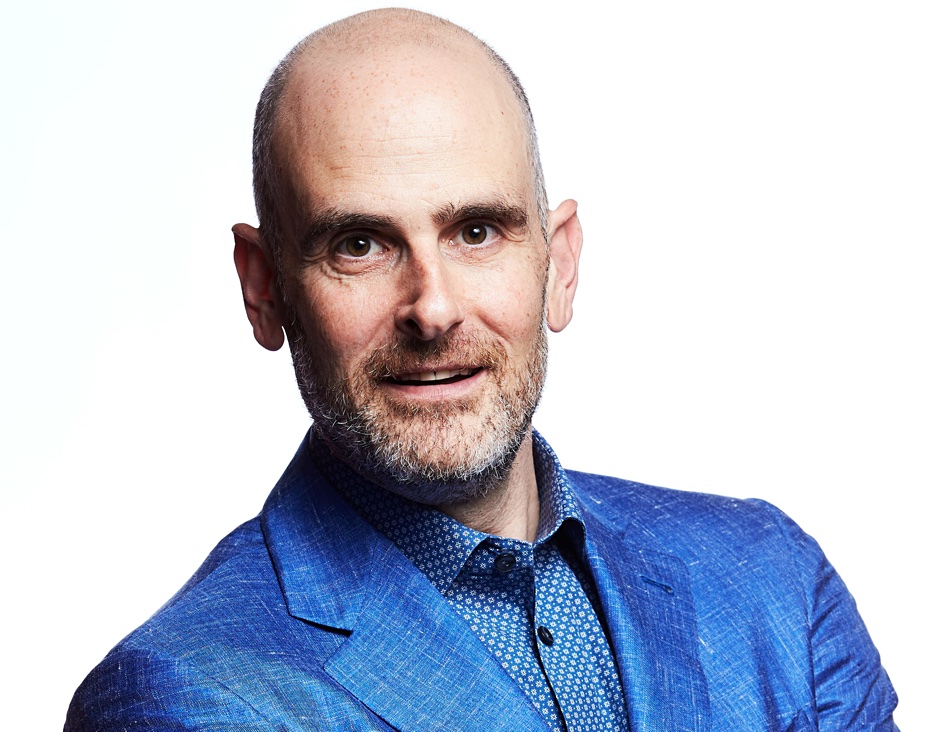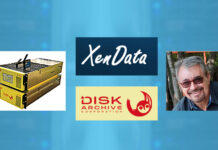In the latest blast of the HDD vs SSD culture wars, a Pure Storage exec is predicting that no more hard disk drives will be sold after 2028 because of electricity costs and availability, as well as NAND $/TB declines.

Shawn Rosemarin, VP R&D within the Customer Engineering unit at Pure, told B&F: “The ultimate trigger here is power. It’s just fundamentally coming down to the cost of electricity.” Not the declining cost of SSDs and Pure’s DFMs dropping below the cost of disks, although that plays a part.
In his view: “Hard drive technology is 67 years old. We need to herald this technology that went from five megabytes the size of this room to where we are today. And even the latest HAMR technology, putting a laser on the top of the head in order to heat up the platters, is pretty remarkable … But we’re at the end of that era.”
HDD vendors sing a different tune, of course. Back in 2021, HDD vendor Seagate said the SSD most certainly would not kill disk drives. There’s a VAST vs Infinidat angle to it as well, with the former also stating disk drive IO limitations would cripple the use of larger disk drives in petabyte-scale data stores, with Infidat blasting back that it “must be joking.” Gartner has had a look in too, claiming that enterprise SSDs will hit 35 percent of HDD/SSD exabytes shipped by 2026 – though that would make Rosemarin’s 2028 cutoff unlikely. Pure recently stated SSDs would kill HDDs in a crossover event that would happen “soon.”
We appreciate power
Rosemarin, meanwhile, continued his argument: “Our CEO in many recent events has quoted that 3 percent of the world’s power is in datacenters. Roughly a third of that is storage. Almost all of that is spinning disk. So if I can eliminate the spinning disk, and I can move to flash, and I can in essence reduce the power consumption by 80 or 90 percent while moving density by orders of magnitude in an environment where NAND pricing continues to fall, it’s all becoming evident that hard drives go away.”
Are high electricity prices set to continue?
“I think the UK’s power has gone up almost 5x recently. And here’s the thing … when they go up, they very seldom if ever come down … I’ve been asked many times do I think the cost of electricity will drop over time. And, frankly, while I wish it would and I do think there are technologies like nuclear that could help us over time. I think it’ll take us several years to get there.”
“We’re already seeing countries putting quotas on electricity, and this is a really important one… we’ve already seen major hyperscalers such as one last summer who tried to enter Ireland [and] was told you can’t come here, we don’t have enough power for you.”
“The next logical step from that is OK, so now if you’re a company and I start to say, well, we only have so much power, so I’m gonna give you X amount of kilowatts per X amount of employees, or I’m gonna give you X amount of kilowatts for X amount of revenue that you contribute to the GDP of the country or whatever metric is acceptable.”
Electricity availability is going to become a factor in siting or expanding datacenters, not just price. Which brings Rosemarin to this point:
“Today, it’s economically unfeasible for many customers to run their entire estate in hard drives. But it’ll actually become impossible. You’ll actually be limited from a density and power consumption perspective of how much data you can actually support. Now (CIOs) go to your organization and say that, based on our power footprint, or allocation or quota, these are the projects I can support. And you now need to constrain how much data you consume or how much data you need.”
This will not be a popular message, not when the latest AI/ML trends are increasing unstructured data storage needs: “Couple that with what’s happened in the last three months, which says all of our projections of data growth were based on what we knew, and now when we look at what’s happening with ChatGPT, and AI developing all this content for us, when we think about the amount of video and audio files that will be created by AI over the next few years, I’m not even sure any of our projections are even within the realm of reasonability of where we’re actually going.”
In summary: “You take this problem and it gets continuously worse in terms of how much data are we going to need to support with the coming advent of this pressure on electricity?”
If Rosemarin’s view is right – as an SSD slinger, Pure competes with HDD makers – then there is going to be a mass move to replacing HDD arrays and filers with flash. None of the hyperscalers have yet announced such a move. If one of them does then this will be a signal that Pure Storage is not alone on its belief that power costs and availability combined with declining NAND acquisition costs and NAND’s total lifetime cost advantage over spinning disk make HDDs unfeasible in the future.







